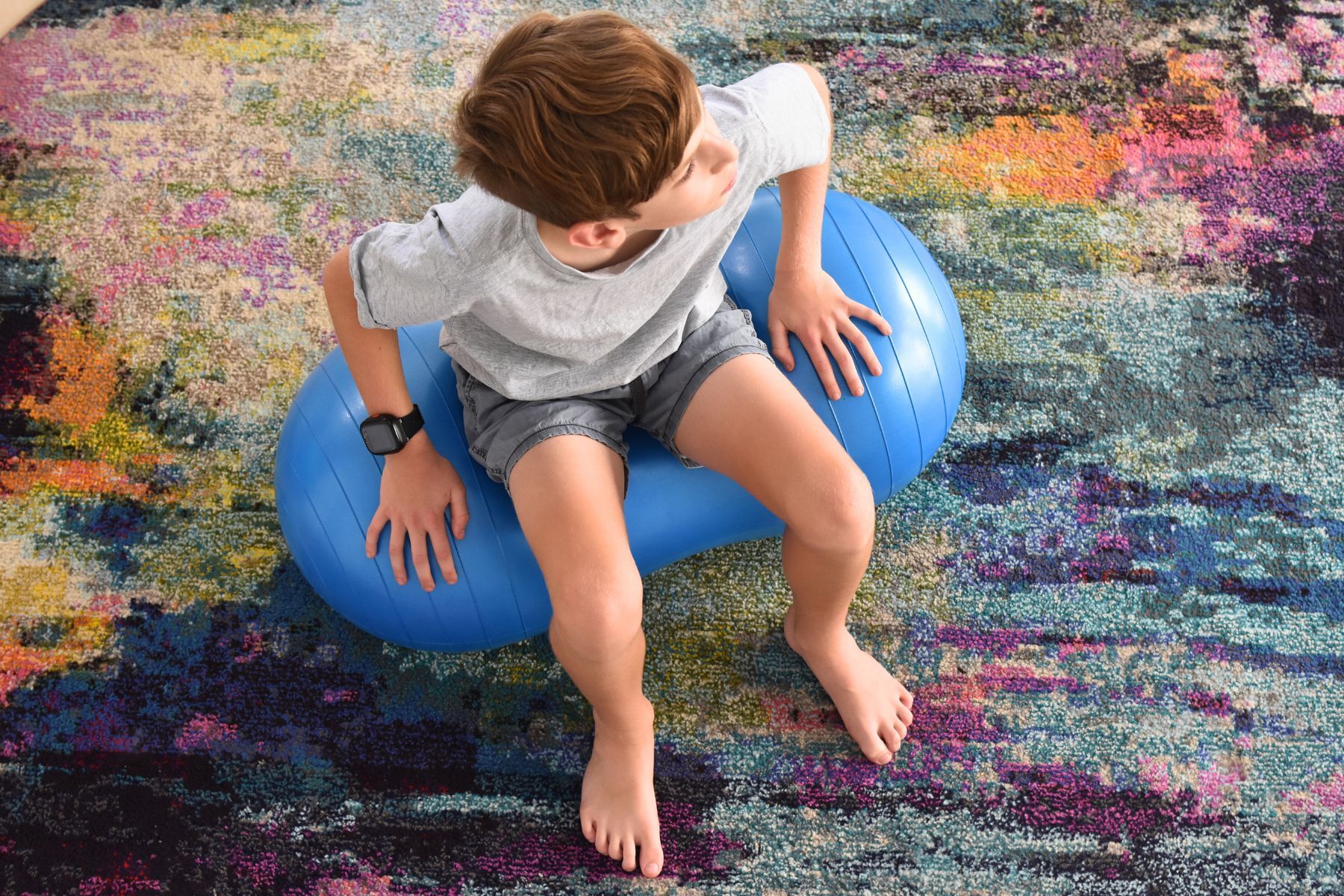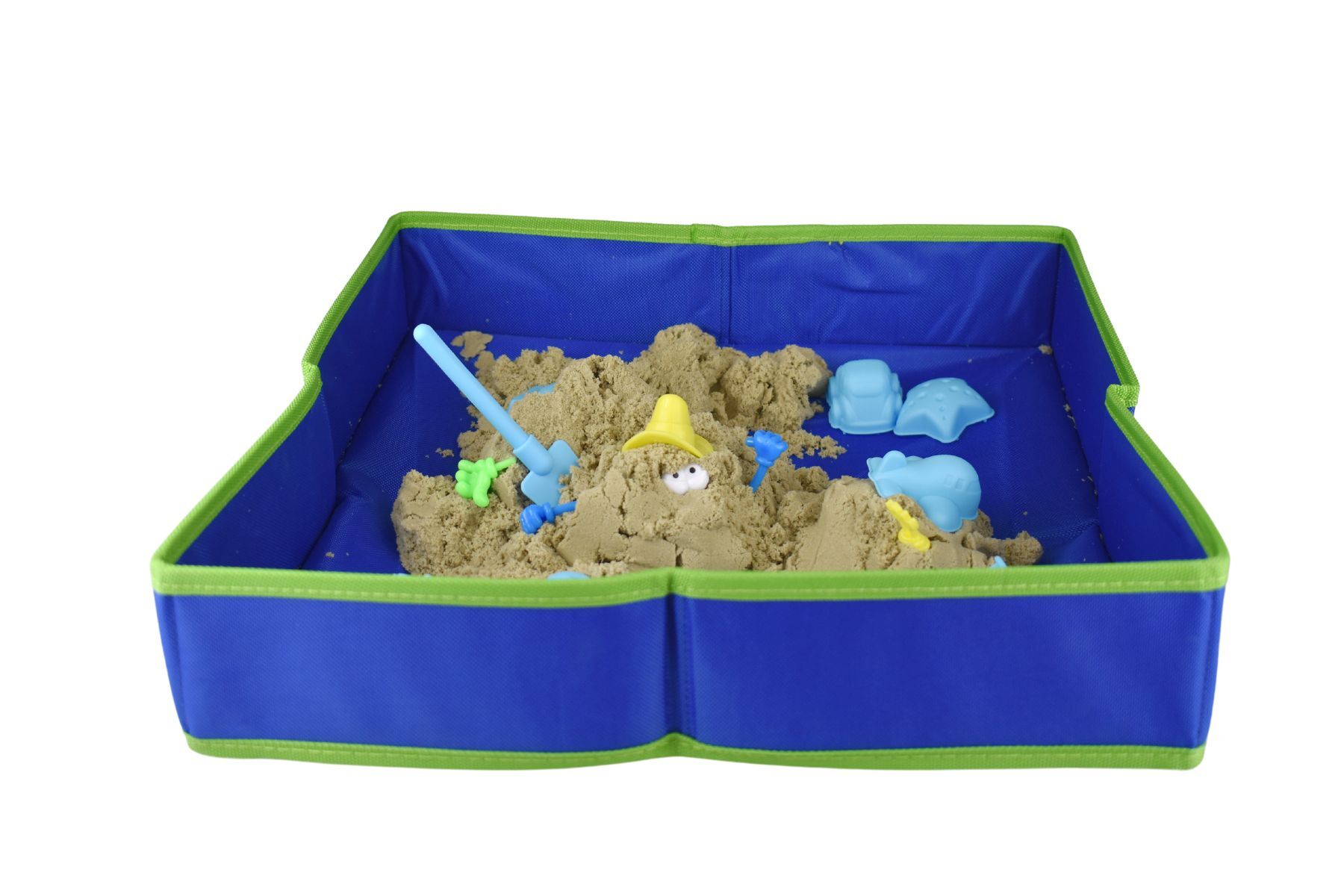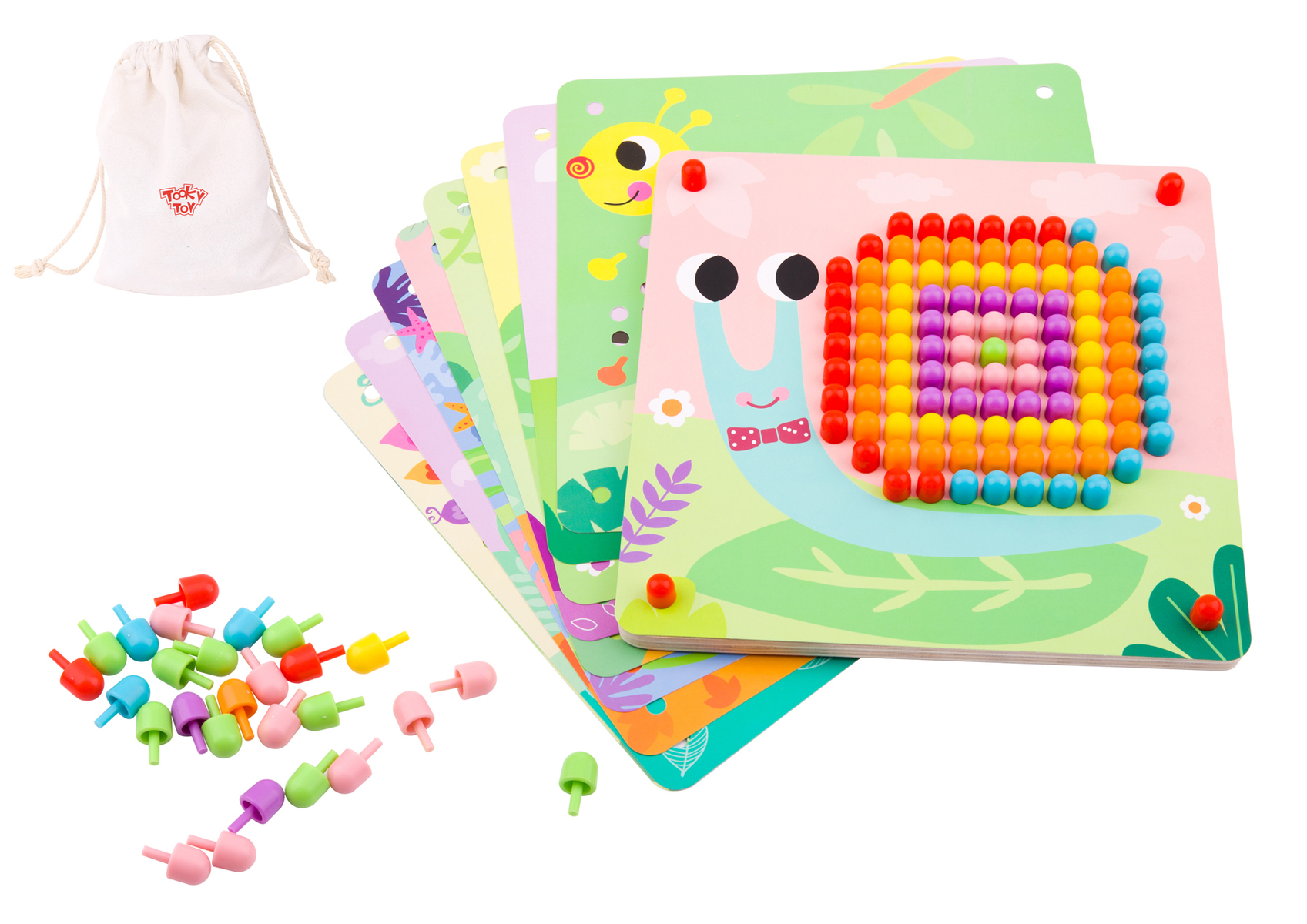Occupational therapy (OT) for preschoolers plays a crucial role in their development, focusing on enhancing their fine and gross motor skills, sensory processing, cognitive abilities, and social interaction. While professional guidance is valuable, incorporating OT activities into daily routines at home can significantly support a child's progress. Here's a sample of in-home occupational therapy activities suitable for 3 to 5-year-olds:
1. Peanut Ball Bouncing for Vestibular Engagement: Utilize a peanut-shaped exercise ball to engage in bouncing activities. Bouncing on the ball for five minutes can stimulate the vestibular senses, which are responsible for balance and spatial orientation. This activity helps in regulating sensory input, improving attention, and enhancing overall body awareness.
2. DIY Obstacle Course for Gross Motor Skills: Create a simple obstacle course using chairs, cushions, and other household items. Incorporate crawling, jumping, balancing, and climbing activities to promote gross motor skill development. For instance, use animal crawl movements to navigate through the course and retrieve puzzle pieces and bring it to the other size to complete the puzzle. This not only enhances physical abilities but also fosters problem-solving and spatial awareness.
3. Sand Tray Exploration for Sensory Input and Social Skills: Set up a sensory-friendly sand tray and provide various tools like tongs or shovels. Encourage the child to explore the texture of the sand and engage in activities such as burying objects or transferring them using tongs. This sensory-rich experience aids in sensory integration, fine motor coordination, and tactile perception. Additionally, taking turns and communicating while playing with peers or family members enhances social interaction skills.
4. Mushroom Nail Peg Puzzle for Cognitive Development: Introduce a mushroom nail peg puzzle that requires the child to match pegs of different shapes to corresponding slots. This activity promotes cognitive skills such as pattern recognition, problem-solving, and spatial reasoning. It also strengthens hand-eye coordination and fine motor control, essential for tasks like writing and drawing.
Incorporating these occupational therapy activities into a preschooler's daily routine at home can provide numerous benefits, including enhanced motor skills, sensory processing, cognitive abilities, and social interaction. Remember to adapt the activities based on the child's individual needs, interests, and developmental level, and always ensure safety during playtime. With consistent engagement and encouragement, these activities can support holistic development and lay a strong foundation for future growth and learning.





